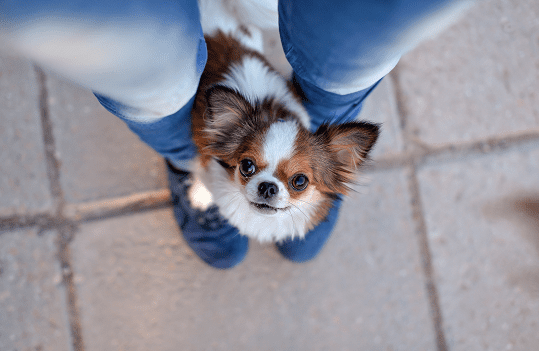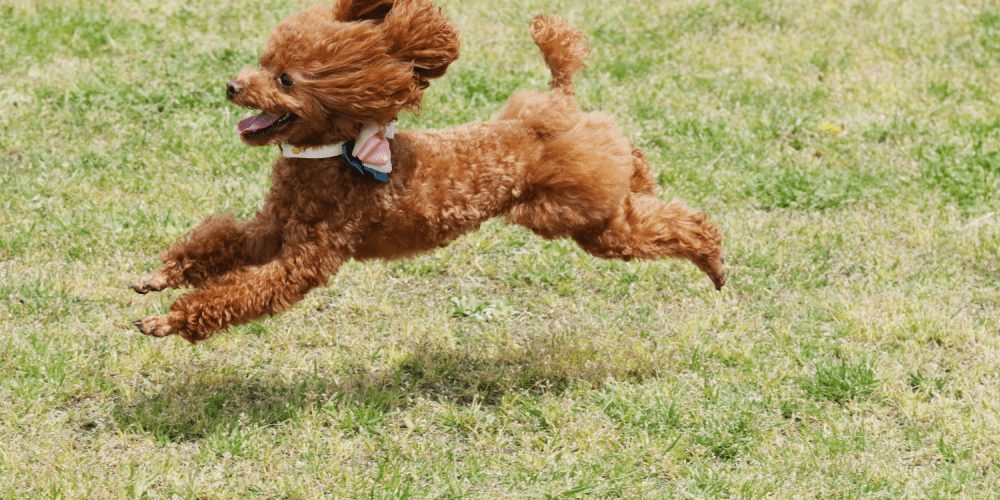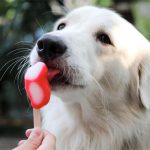Why Do Small Dogs Live Longer?
Sadly, large breeds of dog tend to live much shorter lives than small dogs. Some giant breeds, such as Great Danes and Irish Wolfhounds may not make it to seven, or eight years old. Smaller dogs such as Yorkshire terriers, however, can live well past their tenth birthday. In this Holidays4Dogs article we ask : Why do small dogs live longer?
In the broader animal world, large creatures such as elephants and whales, are the longest lived. However, when longevity is narrowed down to within each species, it is the smaller animals that live longer, humans included.
Why small animals tend to live longer lives, was a subject for a research team at the University of Gottingen in Germany.
The team collected information from veterinary surgeries incorporating data from 56,000 dogs of 74 different breeds. With such a large amount of data the research report, published in the American Naturalist, contained a lot of complex statistics.
Body mass and growth rate.
The general conclusion from the research was that big dogs age much more rapidly than small ones. The significant point was the effect of body mass. In this particular study, scientists claimed that for every increase of 4.4 pounds in body mass, there would be a loss of one month of life expectancy. This, then, seems to be one of the main reasons why small dogs live longer lives.
Also of significance, is the rate of growth. Large dogs that end up weighing 200 pounds as adults, need to do an awful of growing at a rate many times faster than a small breed of dog, who may only weigh 8-10 pounds when fully grown. Therefore, a larger individual has a body that needs to work much harder to reach adult size.
Genetics.
Despite the complexity of data collected on why some animals live longer than others, it didn’t explain why a faster growth rate caused a more rapid ageing process in larger dogs. In their quest to discover why small animals live longer, Norwegian scientists, searched for the mechanism associated with rapid ageing. They began to look at the issue from a genetic level, focusing their research on telomeres.
Telomeres are protective ‘caps’ which are situated on the ends of chromosomes, where DNA is stored. While in young humans, these telomeres start long – over time, they get shorter with each cell division.
When telomeres get too short, cells can stop dividing and can sometimes even die. Therefore, the wearing away of telomeres is linked to aging as well as the risk of disease, such as cancer.
Thus, as larger dog’s growth rate is more rapid in order to reach maximum adult weight. During this process their cells divide at a higher speed than smaller breeds. Over time, as the cells divide the telomeres get shorter, so the dog ages much more rapidly and, therefore, live shorter lives. Growth rate is, therefore, very much associated with why small dogs live longer.
Conclusion
Apart from size, there are of course other factors which will determine how long a dog will live – from breeding and genetics to diet and welfare. The average lifespan of the canine species is 11 – 12 years.
While we all want our dogs to live as long as possible, it is a fact of life that some will live longer than others. Having a dog in one’s life is perhaps one of life’s greatest pleasures. Unfortunately, no matter how long they live, parting with them always seems too soon.




